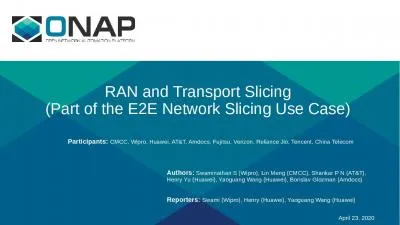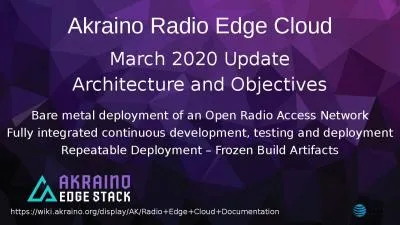PPT-RT-OPEX: Flexible Scheduling for Cloud-RAN Processing
Author : debby-jeon | Published Date : 2017-06-05
Krishna C Garikipati Kassem Fawaz Kang G Shin University Of Michigan 1 fronthaulnetwork What is CloudRAN Virtualization in Radio Access Network RAN Benefits
Presentation Embed Code
Download Presentation
Download Presentation The PPT/PDF document "RT-OPEX: Flexible Scheduling for Cloud-R..." is the property of its rightful owner. Permission is granted to download and print the materials on this website for personal, non-commercial use only, and to display it on your personal computer provided you do not modify the materials and that you retain all copyright notices contained in the materials. By downloading content from our website, you accept the terms of this agreement.
RT-OPEX: Flexible Scheduling for Cloud-RAN Processing: Transcript
Download Rules Of Document
"RT-OPEX: Flexible Scheduling for Cloud-RAN Processing"The content belongs to its owner. You may download and print it for personal use, without modification, and keep all copyright notices. By downloading, you agree to these terms.
Related Documents

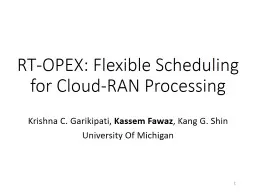
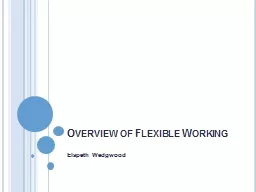

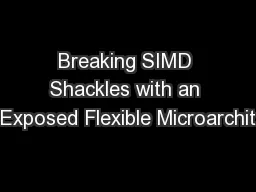
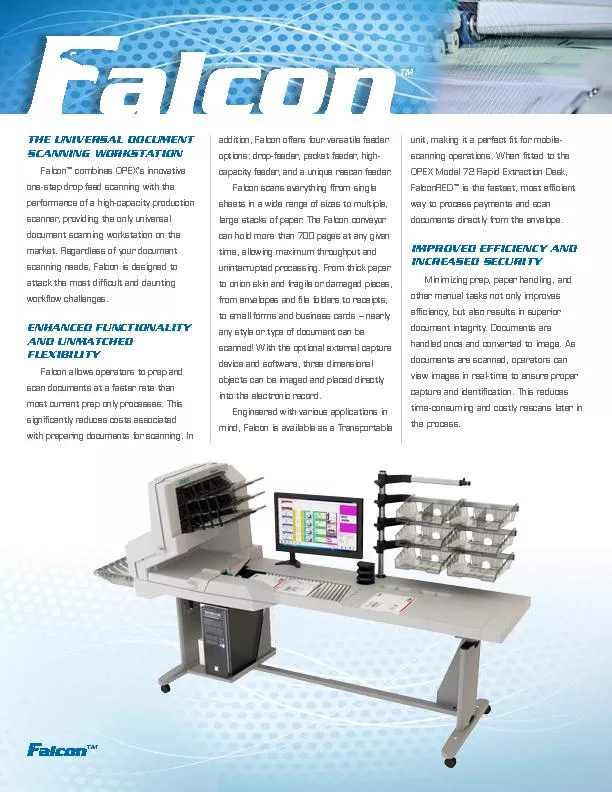

![Cloud Processing at ESA [EO Payload Ground Segment]](https://thumbs.docslides.com/616987/cloud-processing-at-esa-eo-payload-ground-segment.jpg)





